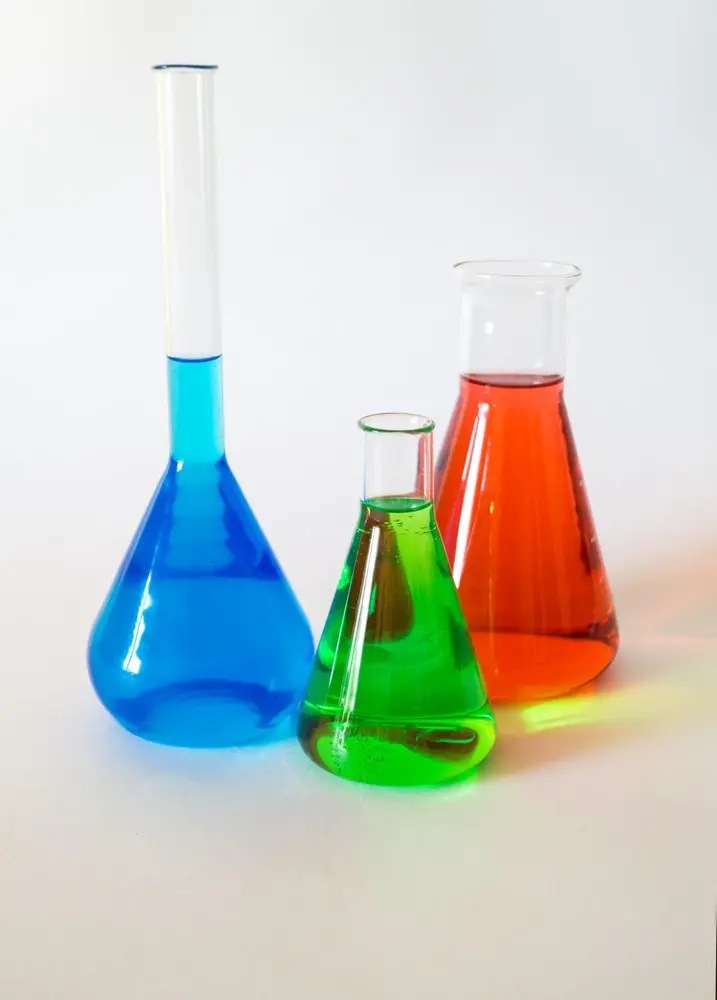- Bonding is the attraction between atoms.
- There are two main types of bonding: covalent and ionic.
- Covalent bonding is usually between two non-metals and is when electrons are shared.
- Ionic bonding is when electrons are transferred from one atom to another which is usually between a metal and non-metal.
- Both of these bonds make the atoms involved have full outer shells.
- The more reactive a substance is, the easier it is to bond with another atom. This is because it has a low valency and therefore doesn't need to gain or lose many electrons.
The properties of ionically bonded substances:
- Hard
- Conduct heat and electricity (when molten or in solution)
- High melting points
The properties of covalently bonded substances are:
- Low melting point
- Insulators of heat and electricity
